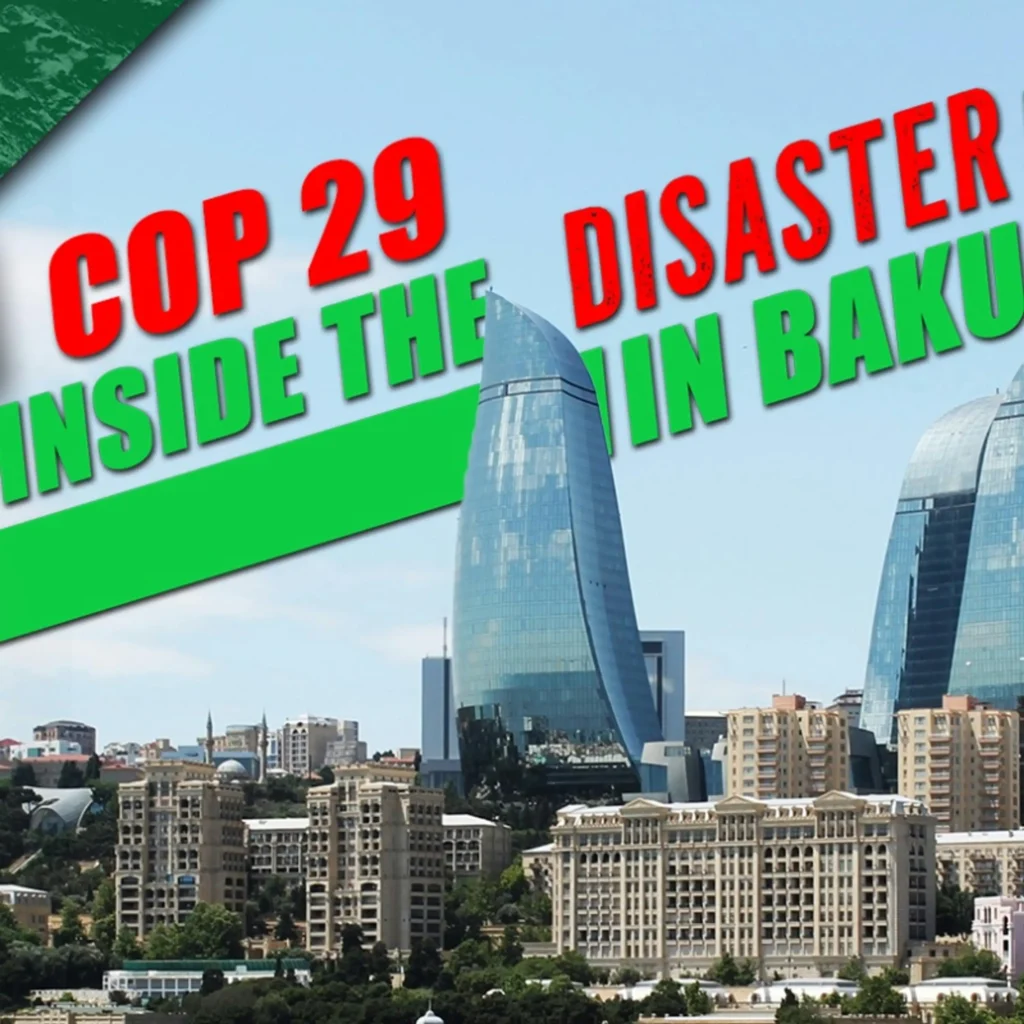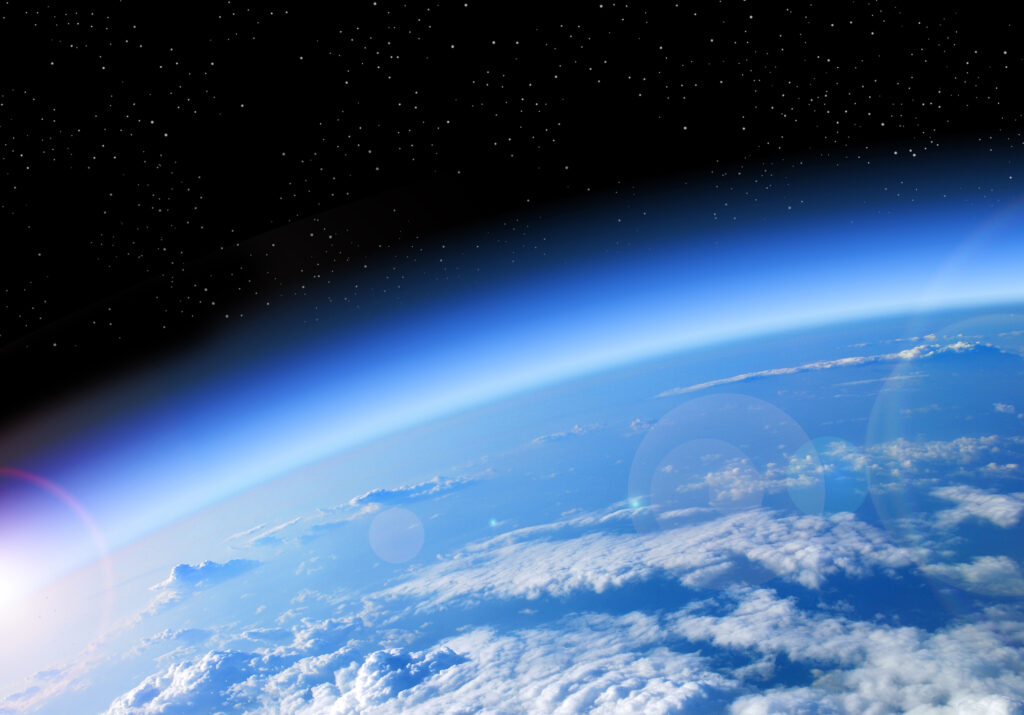For years, the ozone depletion-impact crowd was worrying about the effects surface ultraviolet radiation would have on the Antarctic ecosystem—though, as we’ve said before, the Antarctica ecosystem, except for a few penguins, consists entirely of scientists studying the ozone hole.
This year (and it has happened before), the National Aeronautics and Space Administration (NASA) reported the infamous hole (which is not really a hole at all but a reduction in total column ozone) has spread over a populated area: Punta Arenas, Chile. Chilean health officials warned people to remain indoors during the high sun periods as ozone levels there dropped to about 175 Dobson Units (a measure of the total amount of ozone in the atmospheric column above any location). Similarly low values were occurring over and surround Antarctica.
Quickly, David Hofmann, director of the Climate Monitoring and Diagnostics Laboratory of the National Oceanic and Atmospheric Administration (NOAA), countered that though the hole is large, the severity of the ozone depletion within that hole was comparable to ozone levels measured over the past few years.
Then, the World Meteorological Organization, which measures ozone depletion slightly differently, spun its own ozone yarn, declaring that the end of September’s depletion was the worst on record. But once again, as is unfortunately common with most environmental news, this is much ado about nada.
First, the size, shape, and amount of ozone depletion are significantly affected by the weather. The Antarctic stratosphere was cold this past winter (global warming?), which resulted in more depletion than normal. That minor factoid was buried in the last paragraph of CNN’s coverage of this nonstory.
As NOAA’s Hoffman explained, “year-to-year fluctuations in the geographical size of the ozone hole and the timing of the ozone production are believed to be related to meteorological factors such as temperature and winds, rather than further increases in ozone-destroying chemicals in the atmosphere.”
Second, if these levels of ultraviolet radiation seen in Punta Arenas were truly harmful, most of the world’s population would be in grave danger. Most of us, on a regular basis, are exposed to solar radiation far more intense than that seen in southern Chile.
An index of global ultraviolet light levels, assuming cloud-free and unpolluted skies, was constructed for October 11, the same day as the 175 Dobson Units reading in Punta Arenas. The UV index there of around 9 is much lower than UV levels across more than half of the planet. Most places receive more intense solar rays than Punta Arenas does.
Third, the expanded ozone hole is short-lived. By November, as Antarctica warms, the vortex of winds that effectively isolate Antarctica from the rest of the planet weakens, and high ozone levels over the rest of the hemisphere quickly fill the so-called hole. That process only serves to highlight the climatological uniqueness of the situation over Antarctica.
Robert E. Davis, Ph.D., is an associate professor of environmental science at the University of Virginia.



